Table of Content
Contents
Walk into an old Indian temple, and you’ll feel an immediate sense of wonder—a wonder that is so intense it seems sublime. This amazement does not happen by chance. These sacred structures are designed in accordance with Vastu Shastra, India’s ancient science of architecture based on aligning human life with the cosmic order.
Vastu Shastra is more than visual appeal; it is a well-balanced perspective that includes science, art, astronomy and spirituality. When applied to temples, they become important energy centers—not just places of worship, but also well-being and cosmic alignment. Let us understand the connection between Vastu Shastra and Indian temples, and what continues to inspire us about their architectural spring board.
Ancient Wisdom, Timeless Relevance
Vastu Shastra, also called the “science of architecture,” has its origins in the Vedic period. Although it is commonly applied now in residential and commercial building architecture, its grandest form appears in Indian temple architecture.
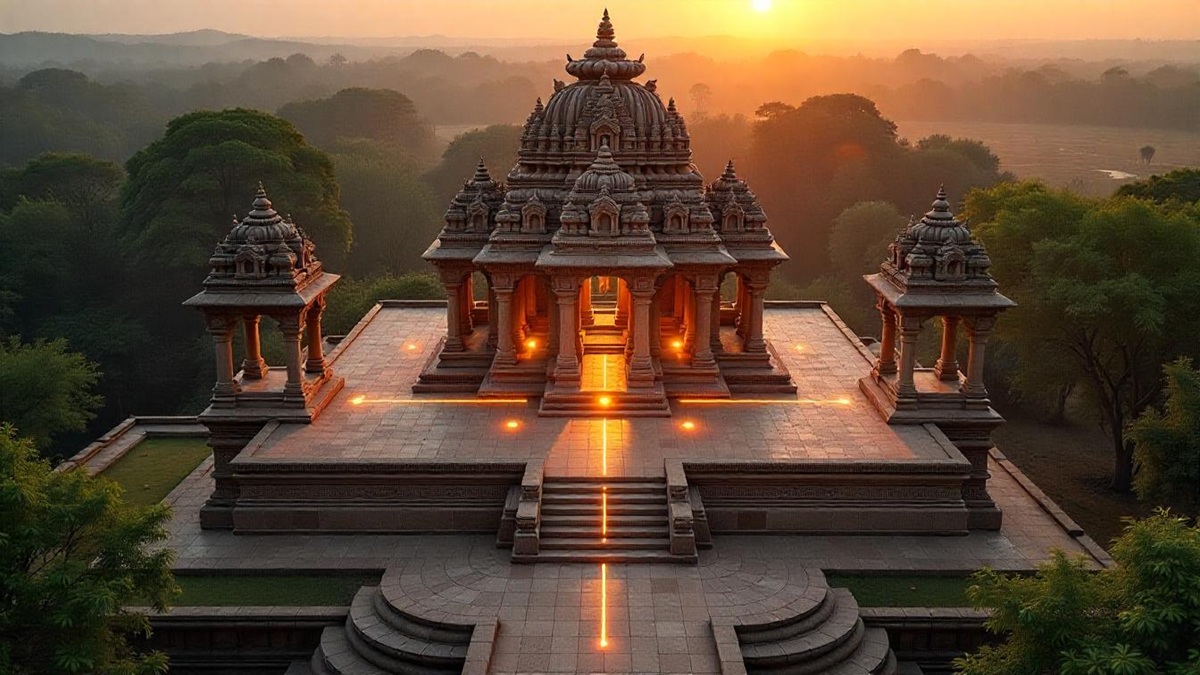
Temples were never constructed haphazardly. Every aspect—from location to design—was highly intentional. The ancients felt that temples must be constructed where cosmic energy is most powerful, enriching the spiritual experience of the worshipper. And how did they locate such sites? Using the perspective of Vastu Shastra, commonly in consonance with Vedic astrology concepts and planetary forces.
Vastu Shastra and the Five Elements
At the core of Vastu Shastra are the Pancha Mahabhutas—Earth (Bhumi), Water (Jala), Fire (Agni), Air (Vayu), and Space (Akasha). A temple, when properly planned, is an ideal representation of these elements.
- Earth: Temples are built on solid ground to earth cosmic energies.
- Water: Sacred tanks follow astro vastu principles to imbibe lunar energy.
- Fire: The sanctum sanctorum (garbhagriha) is oriented with the solar path, intensifying divine fire (Agni).
- Air and Space: Good ventilation facilitates energy exchange and mantra vibration, aided by Vedic astrology.
Each element serves a function not only in symbolism but also in environmental and energetic harmony of temple structure, fundamental to astro vastu.
Directional Precision: Aligning with the Cosmos
Directional alignment is one of the important components of Vastu Shastra. Most temples are orientated east, inviting the ascending sun, which is a giver of life and divine consciousness in both astro vastu and Vedic astrology. The sanctum is kept dark until the rays of the sun penetrate exactly—an act of cosmic harmony.
Temples also have their architecture aligned to celestial movement. For instance, the running horse vastu symbol—obviously visible in temple paintings—depicts dynamic energy and velocity and is used to invoke prosperity and forward energy. The placement of 7 horse vastu figures (representing the chariot of the sun) is not merely aesthetically done, but is also attuned to Vedic astrology, describing the seven days of the week and planetary power.
Sacred Geometry: The Math Behind the Magic
Temples are not only religious—they’re engineering wonders. The ancient architects applied Vastu Purusha Mandala, a divine geometric pattern taken from Vastu Shastra, to create the temple floor plan.
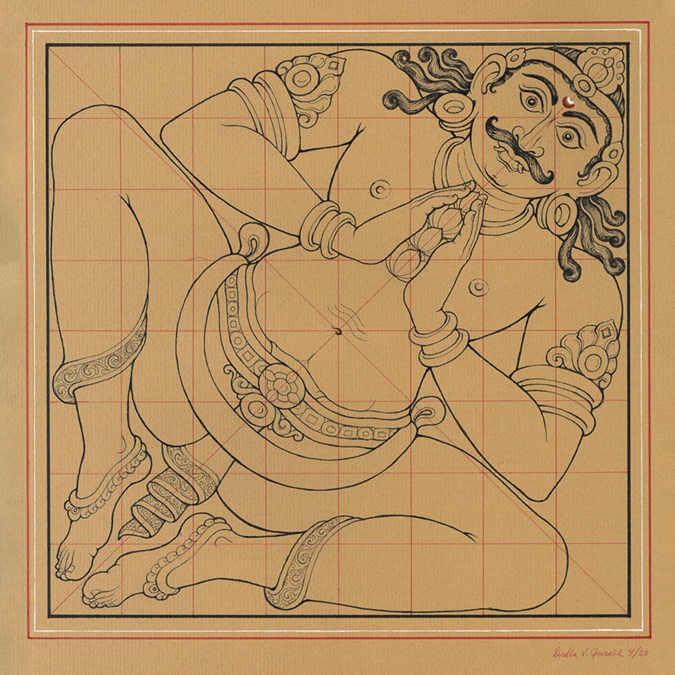
This geometry corresponds to astro vastu charts and planetary movement, making sure every corner vibrates with particular planetary energy. Some temples even have carvings or paintings of the 7 horse vastu concept—representing the sun’s path and energizing force—frequently located within the eastern quadrant to maximize its energetic effect.
In contemporary interiors drawn from temple architecture, the running horse vastu symbol is typically located on east or north walls to draw in progress, as per the same directional wisdom.
Case Studies: Where Vastu Comes to Life
Here are some iconic temples that reflect Vastu Shastra, astro vastu, and Vedic astrology principles in action:
1. Brihadeeswarar Temple, Tamil Nadu
Tamil Nadu’s Brihadeeswarar Temple, constructed a thousand years ago by Raja Raja Chola I, is among India’s largest Shaivite temples. It is dedicated to Lord Shiva and is a wonder of Chola architecture, classified under the UNESCO World Heritage Site – listed “Great Living Chola Temples.”
What sets this temple apart as an absolute wonder is its solar alignment, an exemplar of the principles of astro vastu. Its towering vimana (Dakshina Meru) is so finely constructed that it casts no shadow at noon—a breathtaking combination of spiritual purpose and scientific knowledge. This ancient wonder remains awe-inspiring with its sheer scale, symmetry, and harmony with the celestial spheres.
2. Konark Sun Temple, Odisha
The Odisha’s 13th-century CE Konark Sun Temple, constructed by King Narasimhadeva I, is a beautiful dedication to Surya, the Sun God. Situated around 35 km northeast of Puri, it stands on the seashore as a work of art of Kalinga architecture.
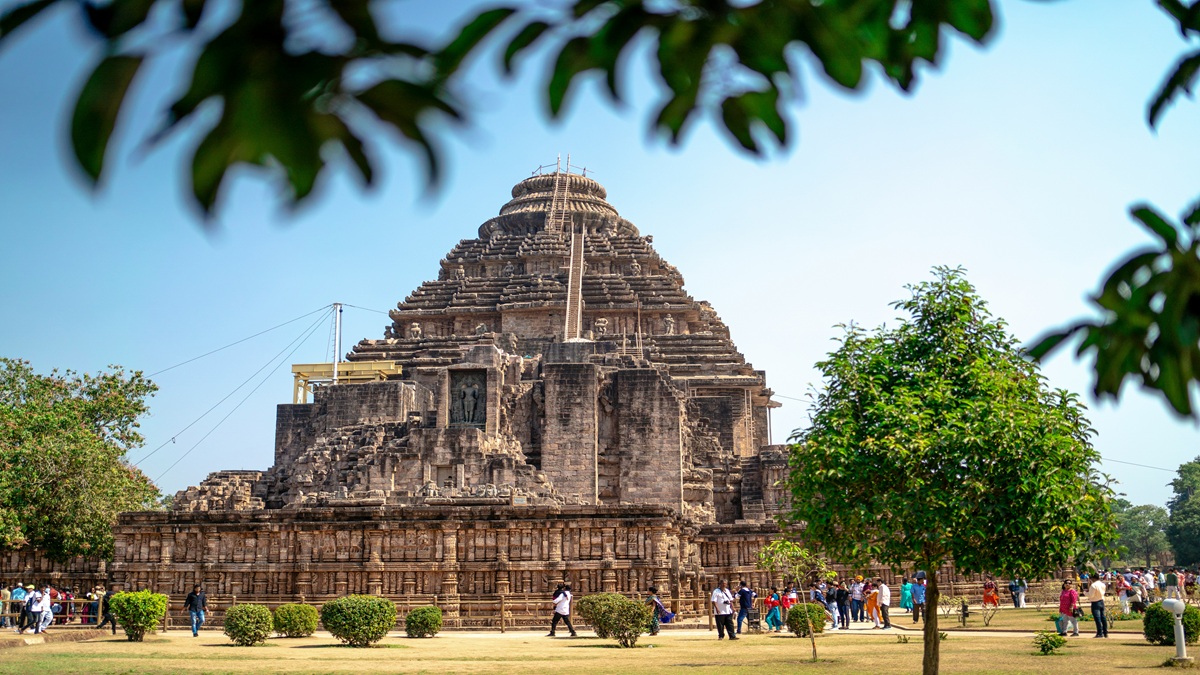
Shaped in the form of a giant stone chariot having 12 sets of intricately sculpted wheels and pulled by 7 stone horses, the temple represents the sun’s heavenly journey—brought to life with the original 7-horse vastu idea. Astrological in nature and architectural in essence, this world-famous temple has been listed on the UNESCO World Heritage List since 1984.
3. Khajuraho Temples, Madhya Pradesh
Constructed during the Chandella dynasty, the Khajuraho Temples of Madhya Pradesh are a beautiful collection of Hindu and Jain temples. Initially, there were about 85 temples built, but only 25 remain, scattered over an area of 6 square kilometers. This remarkable site was added to the UNESCO World Heritage List in 1986.
The temple’s design is Vastu Shastra compliant, and the rich carvings are a testimony to the Tantric principle of balancing cosmic masculine and feminine energies. The erotic imagery has been misinterpreted, but actually represents spiritual balance—a principle highly ingrained in Vedic astrology and ancient Indian cosmology.
4. Meenakshi Temple, Madurai
The Meenakshi Temple in Madurai, dedicated to Goddess Meenakshi and Lord Sundareswarar (Shiva), is a stunning example of Dravidian architecture and sacred geometry. With 14 majestic gopurams and precise solar alignment, it reflects core astro vastu principles.
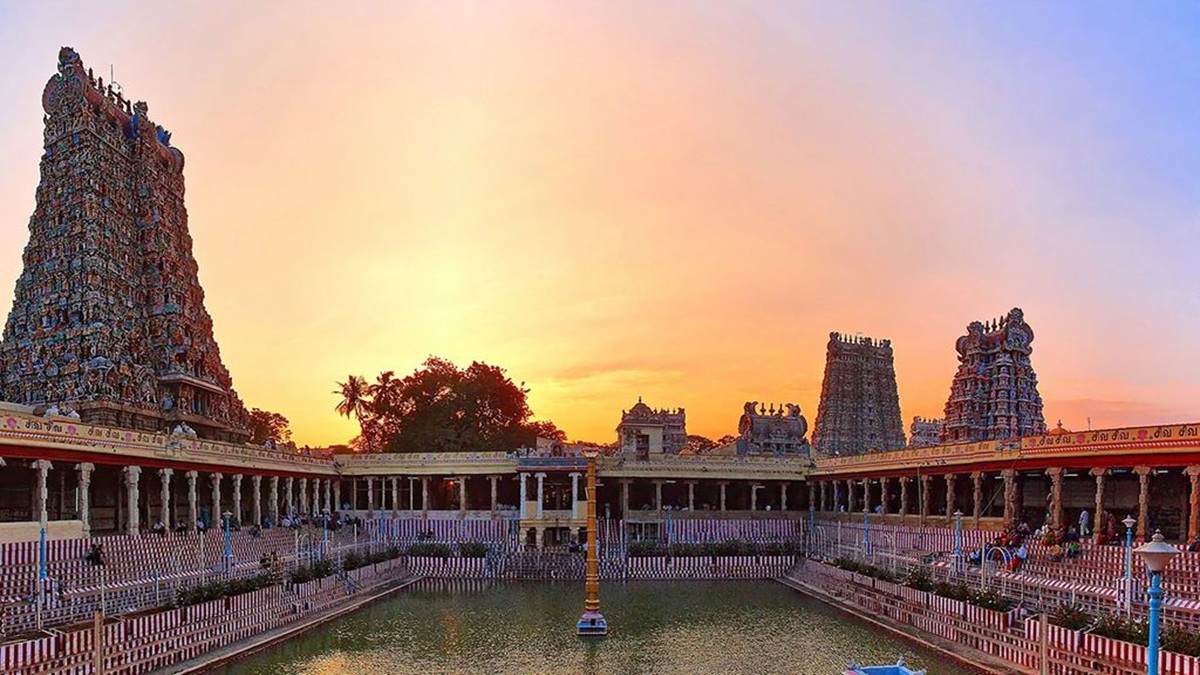
A highlight is the “Hall of a Thousand Pillars” (Ayiramkaal Mandapam), featuring 985 intricately carved columns, each a marvel of craftsmanship. The temple’s thoughtful spatial layout and presence of water bodies add to its serene atmosphere, showcasing a perfect blend of spiritual symbolism and architectural brilliance.
5. Virupaksha Temple, Hampi
Virupaksha Temple at Hampi, Central Karnataka State, is a 7th-century temple that is dedicated to Lord Virupaksha or Pampapathi, an avatar of Lord Shiva. Situated on the holy Tungabhadra River, it is one of the oldest operational temples in the country and a prominent feature of the Hampi UNESCO World Heritage Site, which was included in the list in 1986.
Architecturally beautiful, the temple is aligned with celestial events and bears witness to a deep synthesis of Vedic astrology and ritual practice. Its plan and design are the epitome of the blending of spiritual piety and scientific precision that is the hallmark of India’s sacred heritage.
6. Jagannath Temple, Puri
The Eastern Ganga dynasty built the Jagannath Temple in Puri, Odisha. It is dedicated to Lord Jagannath, an incarnation of Vishnu. It is located on the eastern coast of India and faces the rising sun.
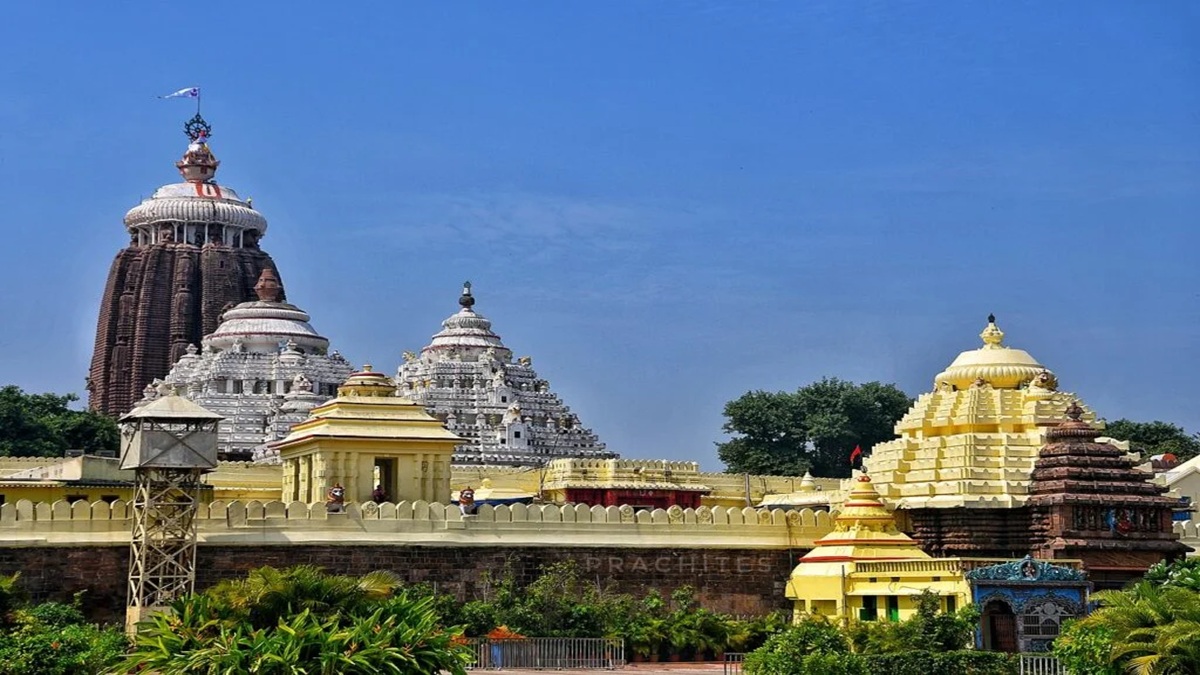
It displays astro vastu with its entrance being east-facing and the rare flag that defies the wind. Legends also link the temple to the Sun’s power, depicting the seven horses that symbolize solar power.
7. Shore Temple, Mahabalipuram
The Shore Temple at Mahabalipuram, a temple of Shiva and Vishnu, is the oldest structural stone temple in South India. It was built in the 8th century and was included in the UNESCO World Heritage List in 1984 because of its cultural and architectural significance.
Strategically situated on the sea shore, the temple is so designed to tap the five elements and the refreshing sea breeze. It harmoniously integrates principles of Vastu Shastra with climatically responsive design, and also illustrates the profound knowledge of nature and cosmic harmony of the ancient designers.
Modern Relevance: Ancient Science for Future Living
With growing awareness about green and sustainable living, homes and institutions are increasingly embracing Vastu Shastra, especially astro vastu, which combines birth charts and planetary positions to personalize spaces.
Several people now use 7 horse vastu images in homes and offices to aid progress and positive energy. Running horse vastu placements are now popular Vastu remedies—modern interpretations of ancient knowledge.
Temples as Blueprints of the Universe
Indian temples are more than spiritual sites—these are cosmic energy points, precisely planned with the use of Vastu Shastra, in harmony with celestial wisdom of Vedic astrology, and built on timeless sacred geometry. Every building, every direction, and every symbol has a purpose, directing the flow of energy and bringing spiritual balance. The use of astro vastu also personalizes this alignment, and symbols like the 7 horse vastu possess strength, speed, and solar energy.
By passing through these sacred sites—or integrating their ideals into our daily lives—we’re not merely honoring tradition. We are connecting with the forces of the universe that reside beneath, embracing a science that integrates body, energy, and spirit for whole-person health and inner awakening.
Subscribe Our Youtube Channel: https://www.youtube.com/@BhartiSanskriti-BS

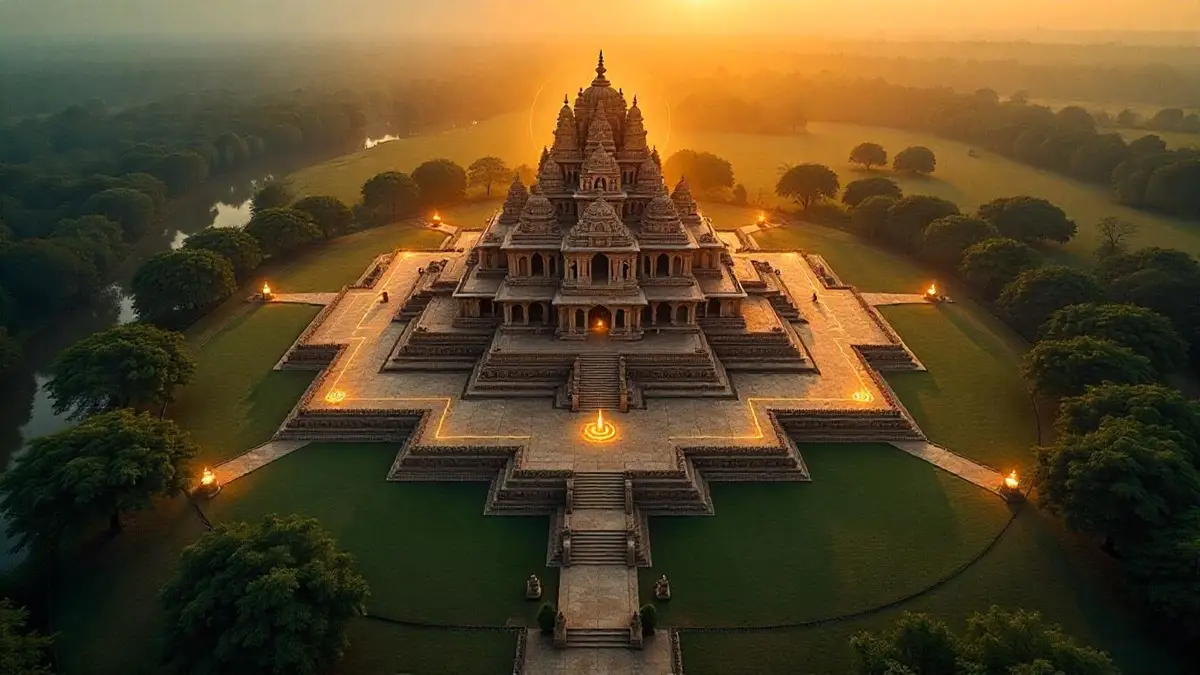





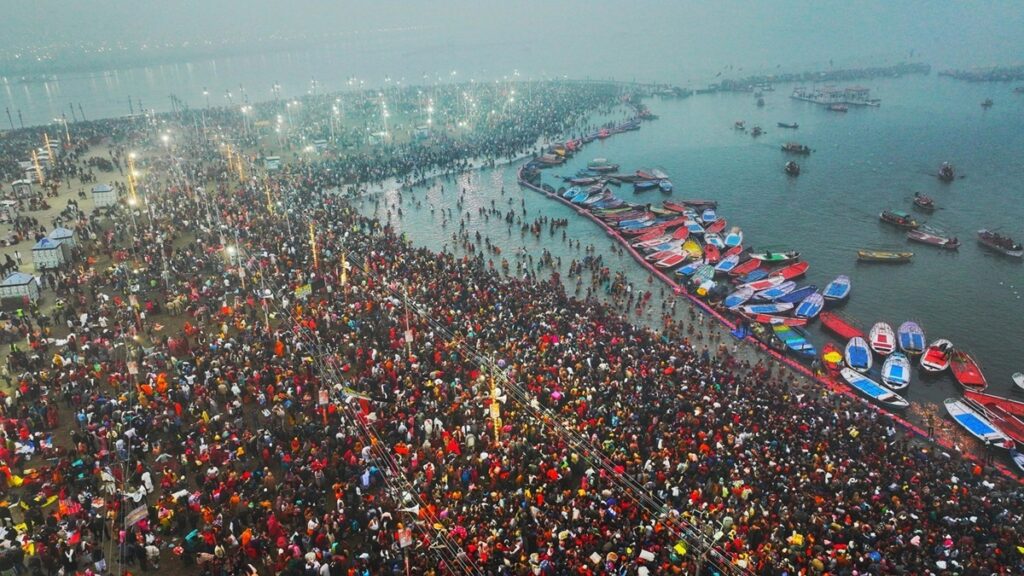


Pingback: Science and Symbolism Behind Hindu Temple Architecture – Vastu, Geometry, Energy » Rushivarya
Hello, for all time i used to check weblog posts here in the early hours in the daylight,
because i enjoy to learn more and more.